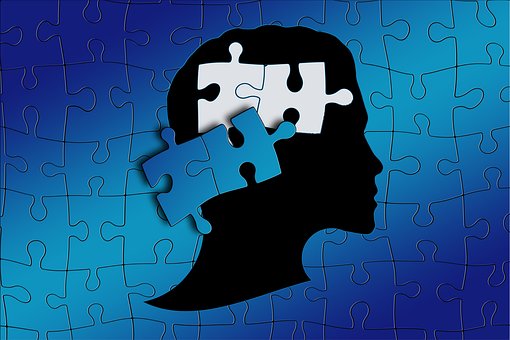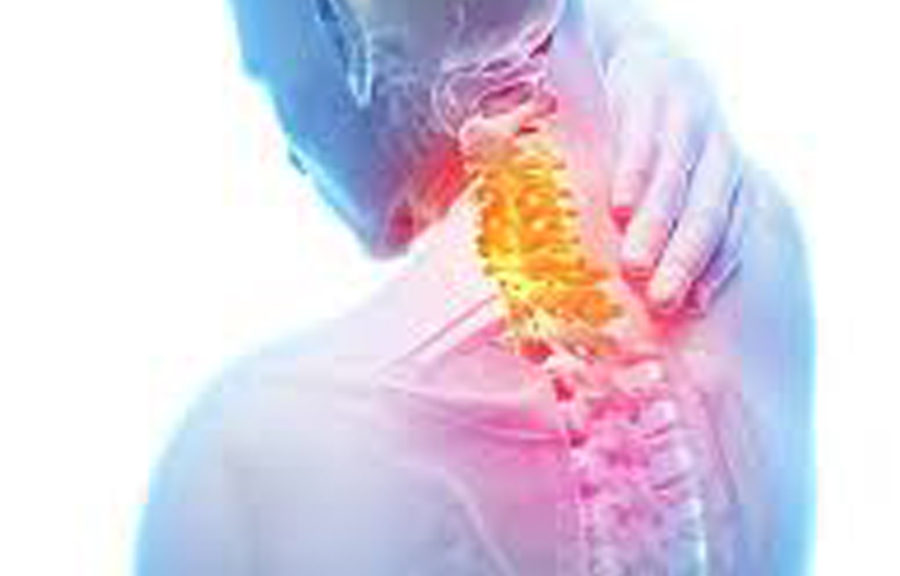“Freshman 15” Facts and Fiction
The “Freshman 15” idea has been around for more than 20 years. It’s the popular notion that students gain about 15 pounds during their freshman year in college as a result of being away from home for the first time without any parental supervision over what (and how much) is eaten. Intuitively, this seems to make a lot of sense. The combination of easy access to the college cafeteria, lots of new campus delivery and takeout options and unlimited late-night snacking potential make it more likely that a student’s eating patterns will shift, often resulting in larger portions containing more fat, sugar, and salt. This can be especially true for young people who find themselves in a brand new academic, athletic and social setting filled with excitement and—yes—anxiety. But how much truth is there—really—in the Freshman 15?
The Freshman 15 By the Numbers
Like many common catchphrases, the Freshman 15 is shorthand for a combination of fact and fiction. First of all, it IS true that many students gain weight during the first two years at college, and that most of the weight gain tends to occur in the first semester of the freshman year. BUT the effect is usually closer to the “Freshman 3 to 10” than the “Freshman 15.” A study conducted by researchers Jay Zagorsky at Ohio State University and Patricia Smith from the University of Michigan, Dearborn took a close look at the numbers. The investigators analyzed data from 7,418 teenagers who took part in the National Longitudinal Survey of Youth 1997 and were followed up on each year thereafter. They found that the average amount of weight gain during the freshman year in college was actually 2.5 pounds for women and 3.5 pounds for men. In addition, 25% of college freshmen actually lost weight during that year. Only 5% to 10% of freshmen really gained 15 pounds.
It’s Just as Much About Time of Life as it is Environment
Researchers Zagorsky and Smith discovered that young adults gained about a pound and a half per year, whether they were in college or not. This suggests that weight gain may be part of a broader lifestyle shift that comes with new independence. So what difference does the college environment itself actually make? According to an Auburn University study, the average student gained 11.7 pounds over the course of four years. Even with dorm living that allows constant access to snacks, fast food, and the all-you-can-eat college cafeteria, it did not make a large amount of difference in how much weight students gained. Those who gained the most weight were those who drank large amounts of alcohol.
Zagorsky noted, “College students don’t face an elevated risk of obesity because they gain a large amount of weight during their freshman year. Instead, they have moderate but steady weight gain throughout early adulthood. Anyone who gains 1.5 pounds every year will become obese over time, no matter their initial weight.” This is a very important observation because young adults who gradually put on pounds—whether or not they’re attending college—are establishing a pattern of weight gain that will almost certainly cause health problems if it continues.
What Incoming Freshman Should Know
For those going off to college, the important things to keep in mind in order to avoid gaining weight are basic rules that apply to everyone:
- Eat reasonable portions of a variety of whole foods (including lean meat, fish, vegetables, and fruit).
- Lay off fast food that is chock full of fat, sugar, and salt.
- Avoid snacking between meals (Eat a piece of fruit if you feel hungry.).
- If you must drink alcohol, drink it only in moderation.
- Make it a point to exercise regularly.
By keeping this handful of healthy eating and exercise principles in mind, freshmen can get a positive start on their college years and create lifestyle habits that will serve them well throughout their lifetimes.









